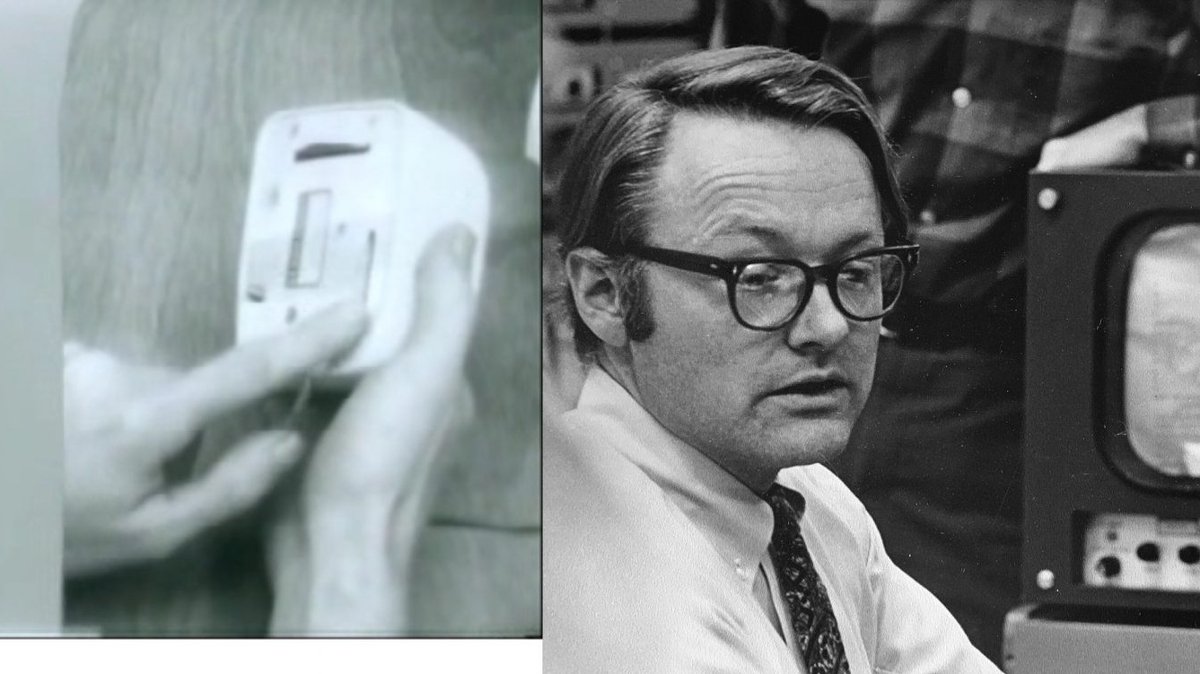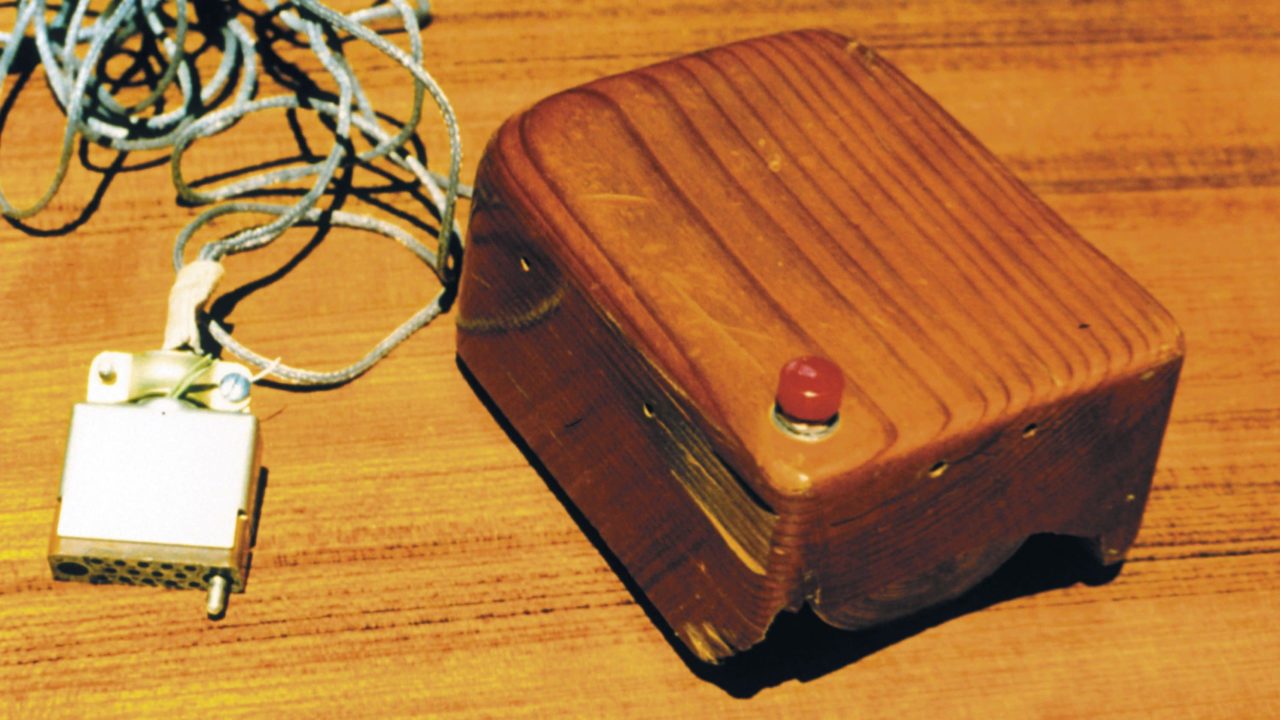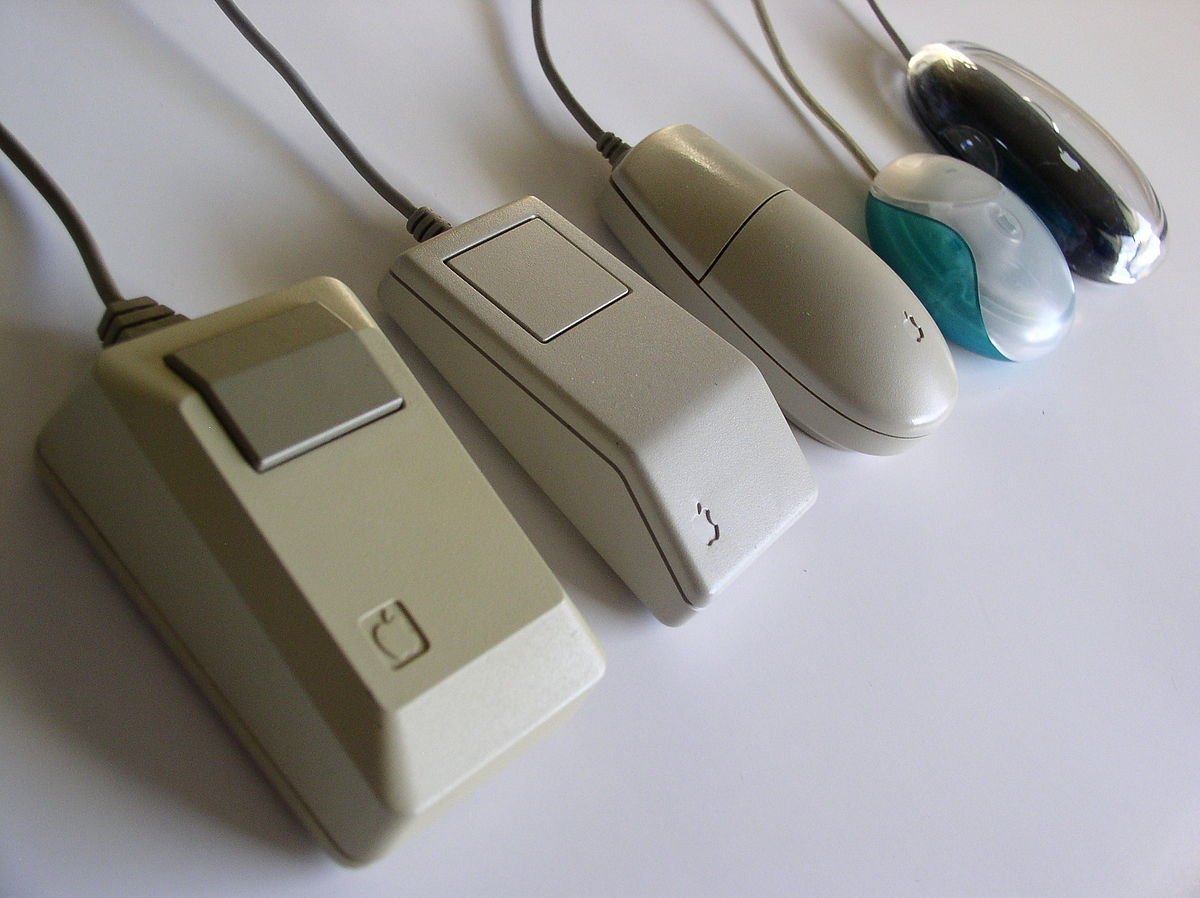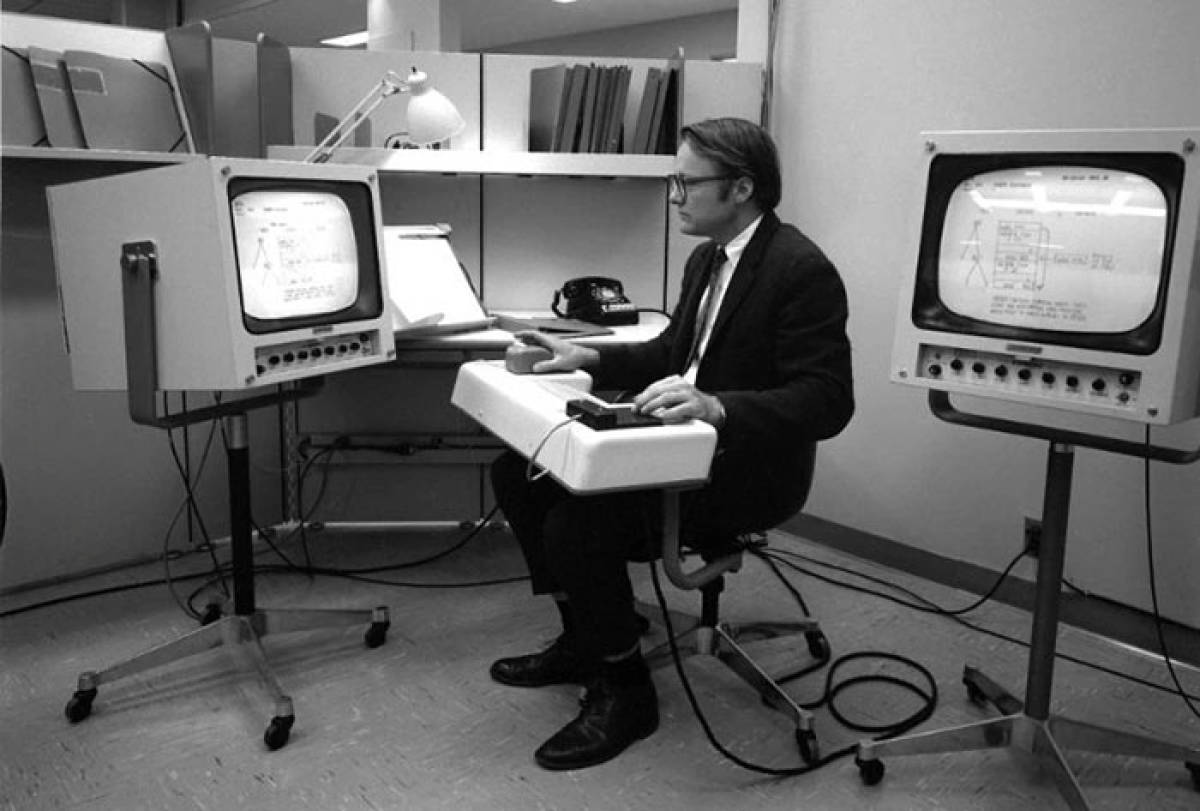© 2000-2023 - Enkey Magazine - All rights reserved
ENKEY SNC - VAT ID IT03202450924 / REA Code CA253701 - Phone. 078162719
The name of William English may be a somewhat obscure one outside of the IT world. Yet we all owe it to this extraordinary man if we can interact so easily with our personal computers.
Early day computers were far more cumbersome and operating them was nowhere as intuitive. English did not merely create a new groundbreaking form of interaction between man and machine; he could also foresee an age where portable devices (like modern-day tablets and smartphones) would be widespread.
The IT world owes a great debt to his vision, which was always projected forward, and to his creative mindset. It feels safe to say that without his effort, our IT user experience nowadays would be widely different. If computers play such a pivotal role in our everyday life, a great part of the merit goes to Bill English.
William English, a life into the IT world
William English was born in 1939 in Kentucky. Commonly known as “Bill”, in 1964 he started working in Douglas Engelbart’s Augmentation Research Center.
Here the two researchers would meet and develop a new, outstanding kind of device. Back in the day, computers had a fully textual interface and there was a pressing need for a pointer system that would make it easier for the user to operate on the contents displayed on-screen.

Although the mouse creation is allegedly credited to Engelbart, it was Bill English who built the first working prorotype.
In the following years he would fine-tune the mouse even further, replacing the rather cumbersone wheels with a rotating ball.
William English‘s career then moves onto the Xerox labs where, starting in 1971, he ran the Office System Research Group. In 1989 he was transferred over to Sun Microsystems where he kept working on IT advancements.
He died of breathing related issues in July 2020, aged 91.
What did William English’s mouse look like?
The world of electronic is ever sprawling, advancing at a tremendous pace. So it’s not really all that surprising that William English‘s first mouse prototype should be very different from the present day models we’re used to.
This first foray into a handheld pointer for personal computers was entirely made of wood and it relied on two little metal wheels for movement.

The first mouse was branded “X-Y position indicator”, from the two axes over which the cursor could move.
Understandably, it was also much larger than the mice we’ve seen in our lifetime.
It was Engelbart who christened their creation “mouse” – both because of the long cable which was reminescent of a tail and because the on-screen cursor appeared to be “chasing” the device much as a domestic cat would a mouse.
Mouse evolution
Yet the new pointer still had some glaring flaws, which would be finetuned by William English during the years he spent working at Xerox.
Namely, he reduced the mouse’s size so that holding it would be more comfortable. Now don’t get it wrong, “early day” mice were still rather bulky devices – it wouldn’t be until late in the 2000s that sleek, tiny-tiny ergonomic minimice would become a thing.
Like we’ve seen, William English also made changes to the mouse’s motion system, replacing the wheels with a ball set encased on the device’s bottom.

The concept was not unheard-of. William English relied heavily on the Rollkugel, a ball pointer developed by German manufacturer Telefunken. But the new mouse’s iconic design was a striking success, and it’s been one of the longest running trends in the IT world.
Optical mice were developed as early as of 1980, but they would be mass-marketed only many years later, way into the 2000’s. The first wave of optical mice developed in the 80’s were powered by a LED photodiode which needed a metallic surface to move about.
Later days mice were instead equipped with an high-precision chipset. This upgrade boosted up the popularity of optical mice when they hit the market – soon becoming a must among gamers.allowed a broader diffusion of optical mice, quickly making them the most popular kind of mouse among gamers. Later models got rid of the cable owing to the introduction of infra-red Bluetooth connections; but even though mice lost their tails, these devices are still highly popular amidst the majority of computer users all over the world.
Touchpads and the most modern touchscreen surfaces all descend from William English’s first working mouse prototype. We’ll tell you more in a future article about the various touchscreen devices available nowadays and the weirdest and most peculiar mice developed over the years. Stay tuned!
The Mother of all Demos
Yet William English did not “merely” create the mouse that we nowadays know – and love. Way back in 1968 San Francisco was the stage to his and Engelbart’s grandiose expo known as “The Mother of All Demos”. This highly spectacular (for its time), fully-tecnhological event would introduce a new futuristic mainframe on which Engelbart and English had been working for years on end.

The On-Line System or NLS as it was known was an outstanding success, with the audience being reportedly shocked and awestruck by this “sneak peek” into the future of technology.
Bill English’s demo was way ahead of its time. Not only it predicted the modern window-based computer interfaces but theorized such concepts as Internet’s hyperlinks and the rise of portable devices, smartphones, and touchscreen tablets. Even cloud computing – a term that we’ve become familiar with nowadays – was first discussed in Bill English’s triumphant computer show.
From real-time videochats to hypertexts, the future of informatics was already at the core of English and Engelbart’s new mainframe project. And this is the ultimate reason why the names of these two great men, who affected the IT world so deeply, should never be forgotten.
This post is also available in:
![]() Italiano
Italiano
